
Plan your visit
Lost Landmarks of Indiana Avenue
January 4, 2021
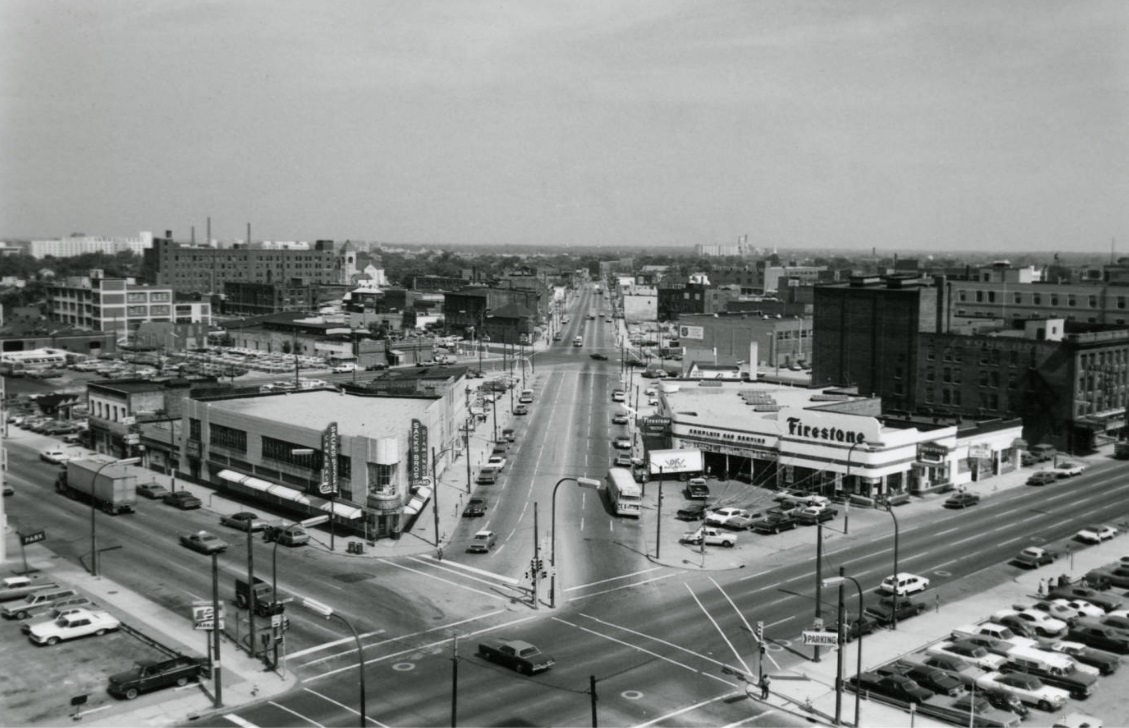
It’s that time of the year when we reflect and start seeing things like new resolutions, countdowns and Top 10 lists. As an architectural historian, I keep thinking about the success of the recent Reclaim Indiana Avenue project, which launched a massive, public engagement campaign to challenge us to critically think about how community memory is tied to historic spaces. And with that, I’d like to share a list of Lost Indiana Avenue places.
- The Cotton Club

The Cotton Club was an important jazz club along the 300 block of Indiana Avenue. The club, along with the Sunset Terrace and the Royal Palm Gardens, was owned by brothers Sea and Denver Ferguson. The Cotton Club was a three-story establishment where many important artists played, including Louis Armstrong, Fats Waller, and the Hampton family. Duncan Schiedt Collection, P0257, Indiana Historical Society.
2. Eisenhower Visits The Recorder
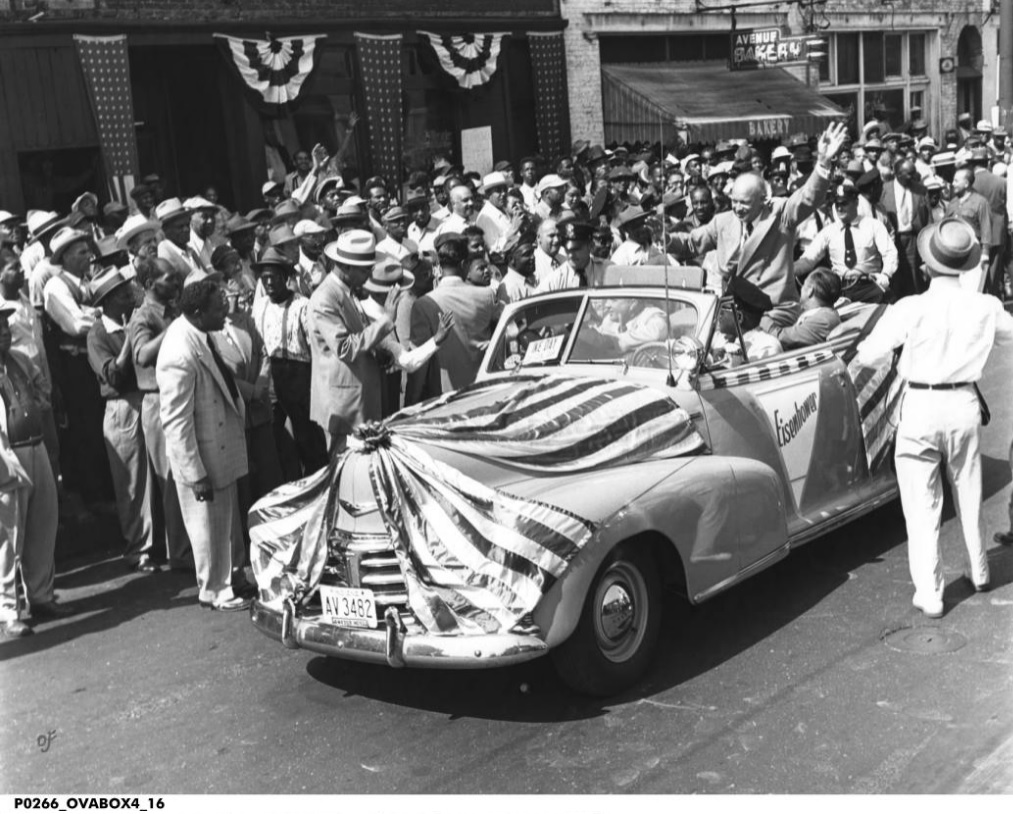
In the election of 1952, Dwight D. Eisenhower ran for U.S. President against Adlai Stevenson. During his tour of Indianapolis on September 9, 1952, “Ike” and his motorcade made a stop through Indiana Avenue and visited the offices of The Recorder newspaper to speak with editor Marcus C. Stewart. Folks crowded the streets to see the presidential candidate. O. James Fox Collection, P0266, Indiana Historical Society.
4. Senate Avenue YMCA

The construction of the Senate Avenue YMCA began in 1912. By 1915, with membership numbers of 586 men and 250 boys, the Senate Avenue YMCA had the distinction of having the largest number of African American members of any in the country. Besides being a recreational facility, the building also held summer camps, had its own version of the Boy Scouts called “Pioneer Scouts,” and hosted community meetings. Notable guest speakers include Martin Luther King Jr., Jackie Robinson, and W.E.B DuBois. The Senate YMCA was demolished and replaced by the Fall Creek YMCA in 1959. Madam C.J. Walker Collection, M0399, Indiana Historical Society.
5. Madam C.J. Walker’s Home
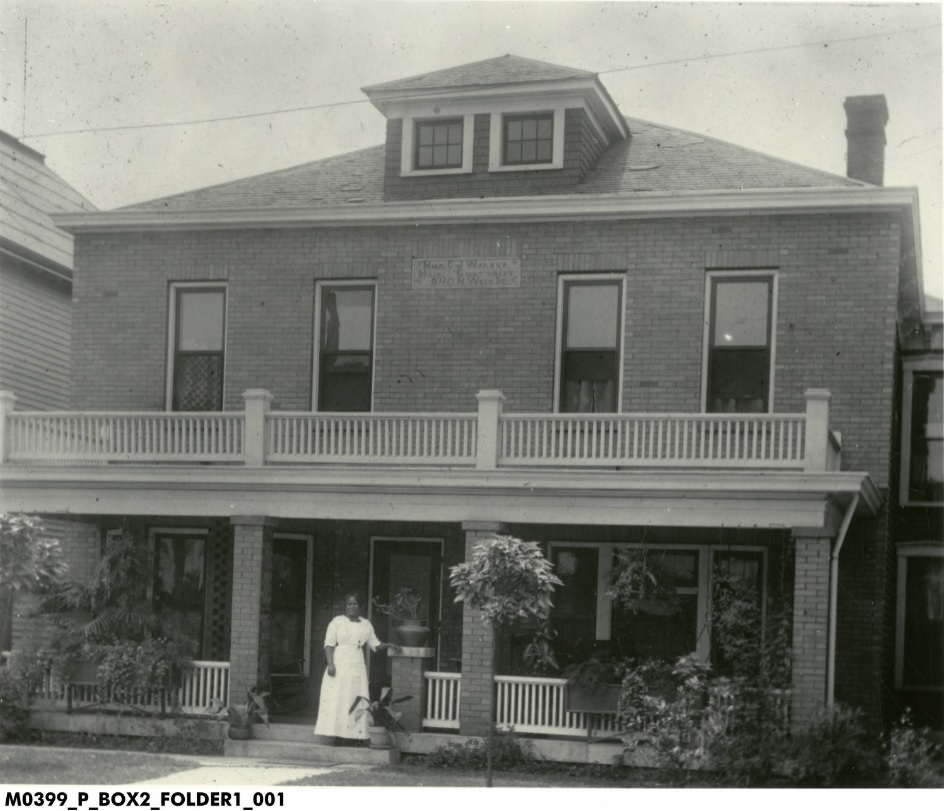
Madam C.J. Walker began selling her hair products in 1906 from Denver, Colorado. From there, she traveled from state to state building her customer base and training local agents on how to use the products. In 1910, she chose Indianapolis as her home base. Walker turned the home she purchased at 640 N. West Street into her home, office, salon and factory. Here, Walker is standing on the steps of the building. Her name and address are set in the brickwork near the roofline. Madam C.J. Walker Collection, Indiana Historical Society
6. Henri’s Cafe Lounge
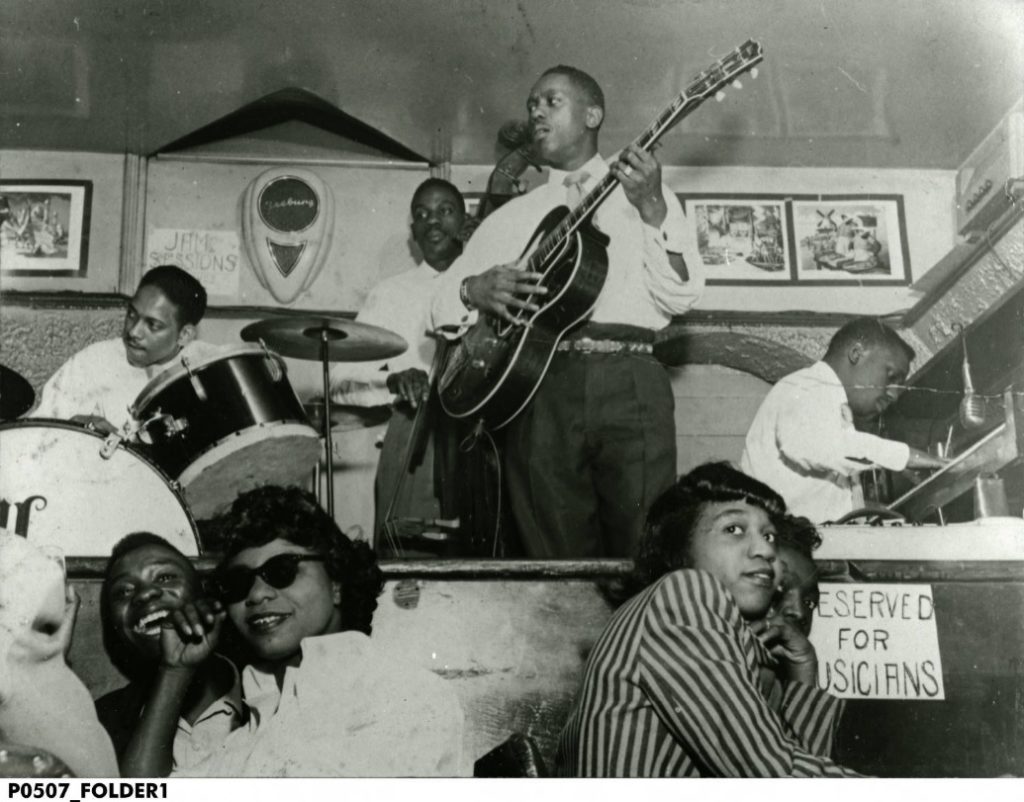
Known as Henri’s Cafe Lounge and also Henri’s Jazz Club, this smaller club was located at 408 Indiana Avenue and owned by Henry Vance. A sign leading into Henri’s read, “Through these portals pass the World’s best Musicians.” Willis Kirk Collection, P0507, Indiana Historical Society.
7. The Sunset Terrace
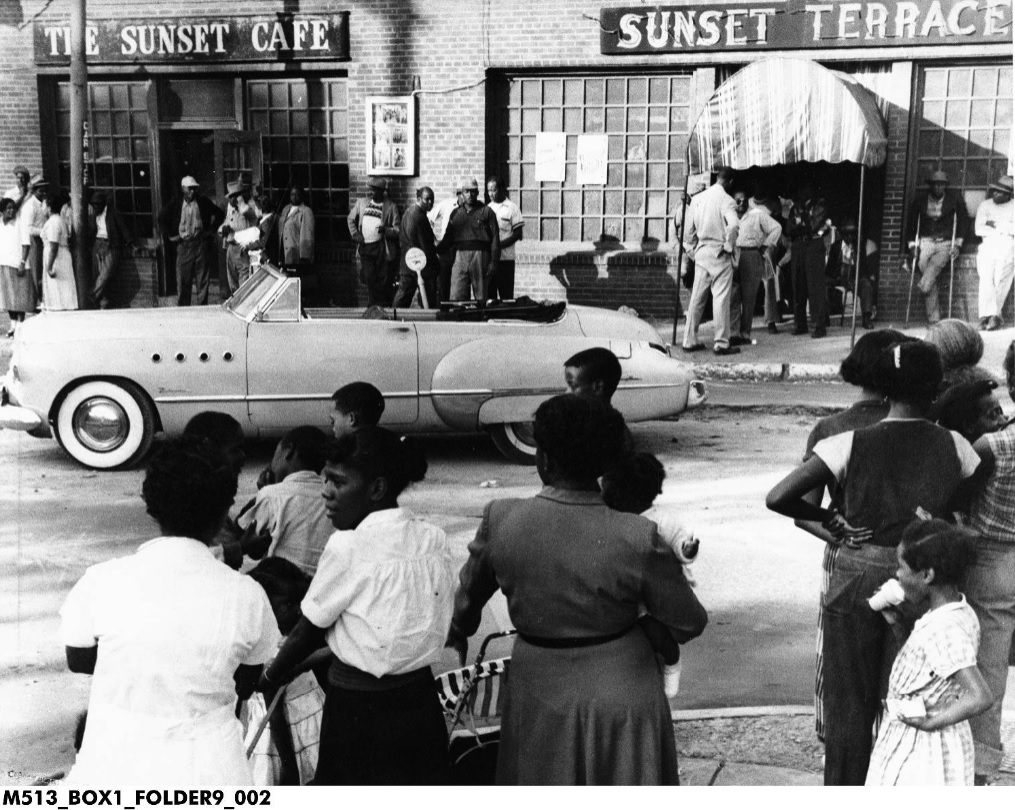
The Sunset Terrace was the jazz club owned by brothers Sea and Denver Ferguson. Denver ran the Sunset Terrace while Sea operated the Cotton Club. The club, located on the northern end of the avenue in the 800 block, hosted many famous jazz musicians such as Duke Ellington. Flanner House Records M0513, Indiana Historical Society.
8. The Coffee Pot Business Sign
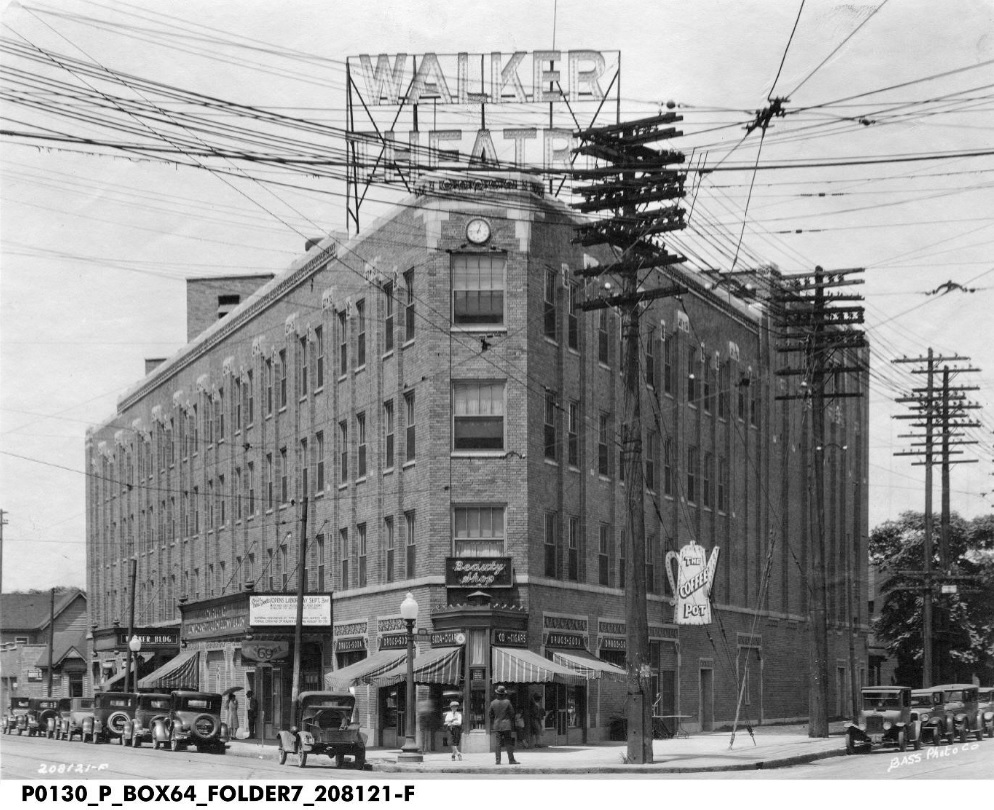
Known by its trademark coffee pot sign hanging off of the east facade of the Walker Theatre building, The Coffee Pot was one of the many businesses which operated within the Walker Theater when it opened in 1927. According to Thomas Ridley, local Indiana Avenue historian, the Coffee Pot was a community gathering spot where families came together for Sunday dinners and clubs and other organizations held meetings. W.H. Bass Photo Company, P0130, Bass Photo Co Collection, Indiana Historical Society
9. Sea Ferguson’s Fun Bowl
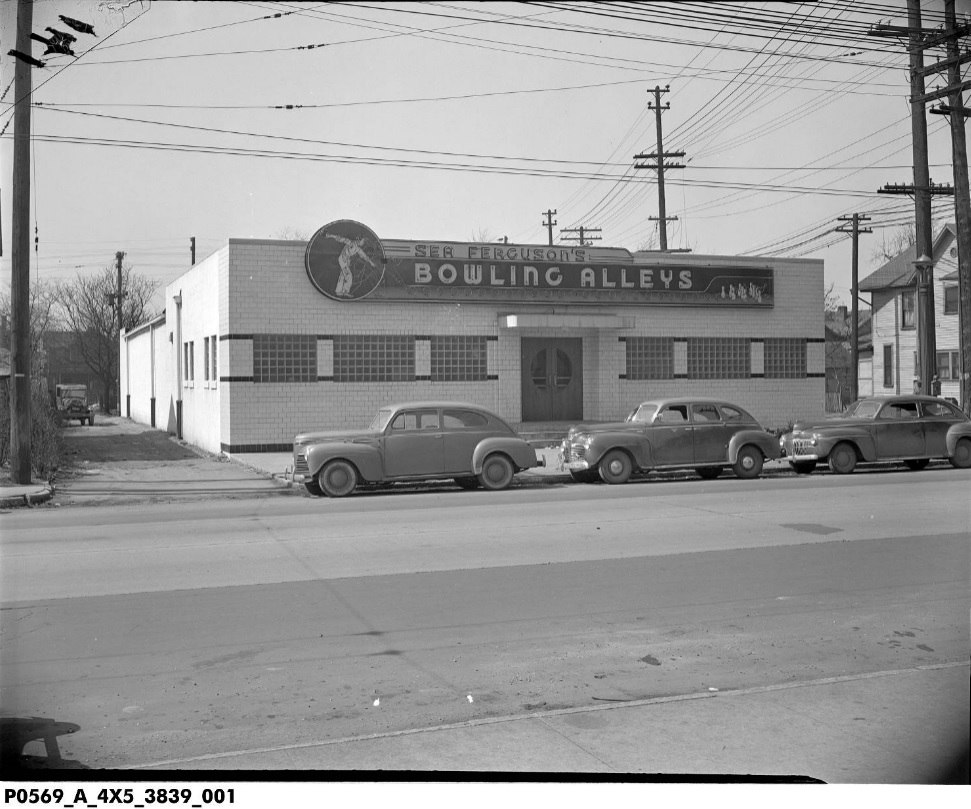
Sea Ferguson’s Fun Bowl was located on 750 N. West Street. The bowling alley, owned by Sea Ferguson, was selected as the site of the National Colored Bowling Tournament in 1942. Ferguson was an officer with the National Negro Bowling Association; this was one of the first black bowling alleys in the city. Larry Foster Collection, P0569, Indiana Historical Society.
10. George’s Bar
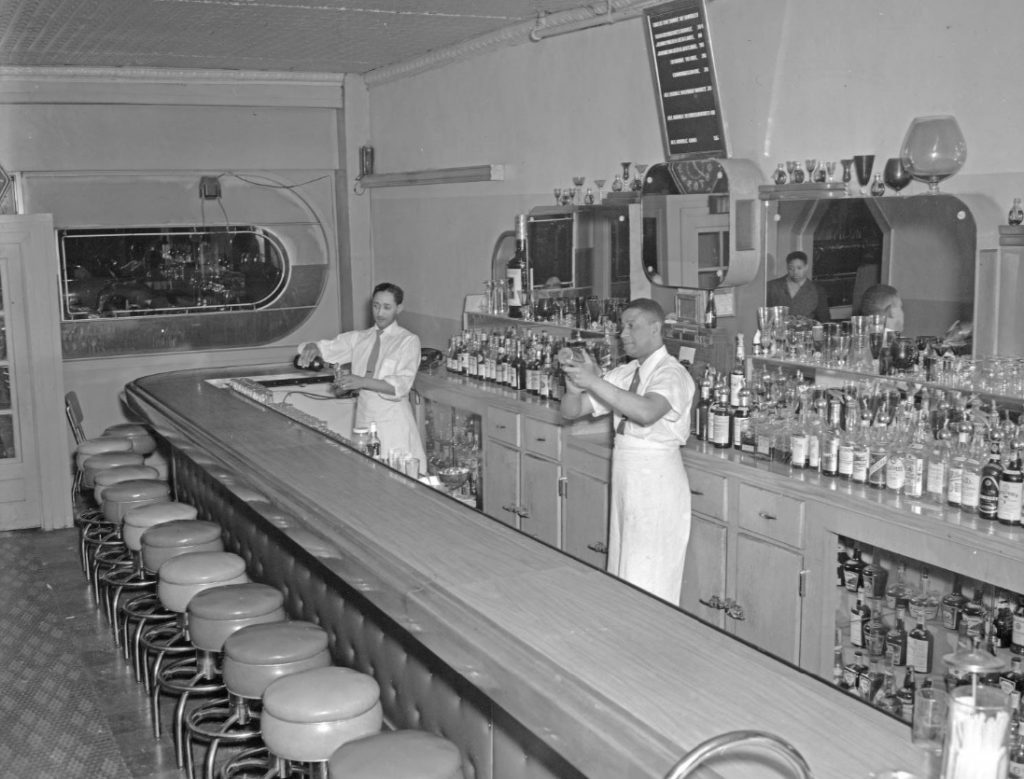
Opposite of Henri’s Bar, George’s Bar was a jazz club on the 400 block of Indiana Avenue. This was a smaller club, sandwiched between the Orchid Room and Emmett Brown’s photography studio, where up and coming artists could perform. Musicians such as Freddie Hubbard, Larry Ridley, and James Spaulding had their start at this establishment. Image from the Emmett I. Brown, Jr. Photograph Collection, Indiana Historical Society, P0233
Explore more historic views of Indiana Avenue in the City of Indianapolis’ Department of Metropolitan Development Collection.
Not everything is lost. Here are a few buildings still standing, although they’ve changed a little:
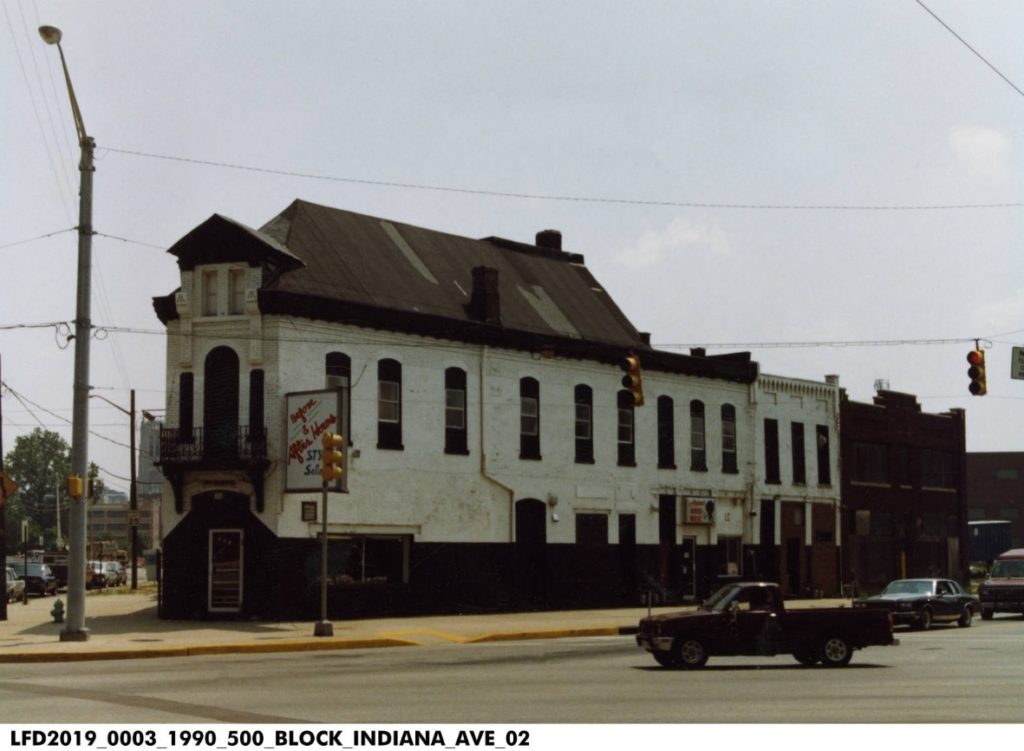
A 1990 photograph of 543 Indiana Avenue, which has been most recently converted into the Kurt Vonnegut Museum & Library. City of Indianapolis, Department of Metropolitan Development collection.
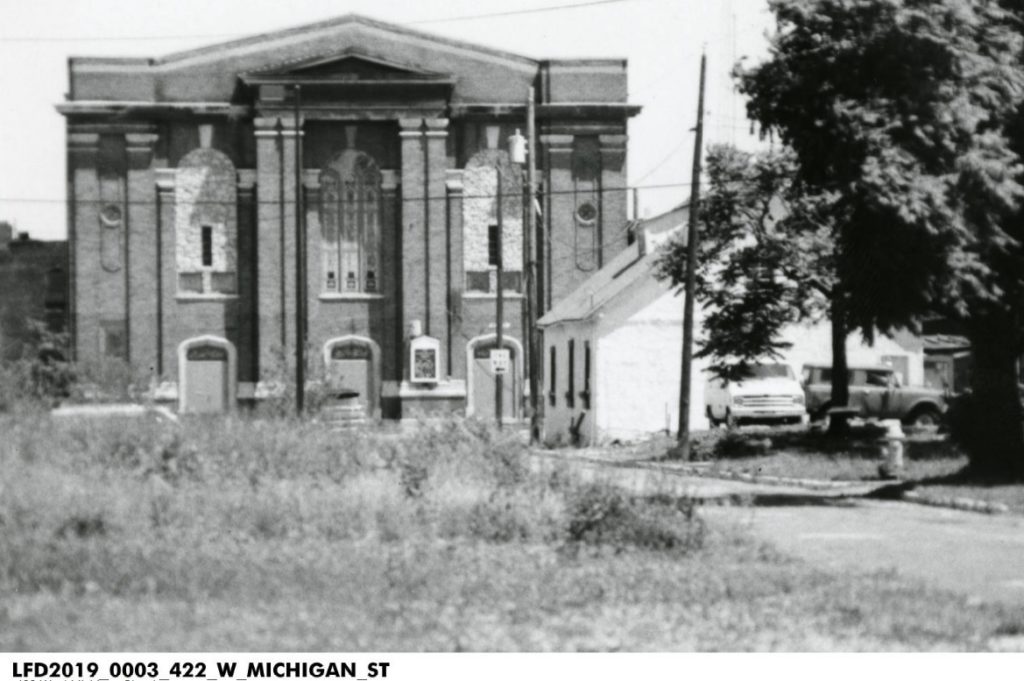
A 1975 photograph of Second Baptist Church, formerly known as Zion M.E. Church, located at 422 W. Michigan St. The congregation has been established at the location since 1867. The church was renovated and converted into luxury condominiums in the early 1990s. City of Indianapolis, Department of Metropolitan Development collection.
What are your memories of Indiana Avenue? What do you hope to see in the future? Thank you to Richard McCoy and his former Butler University students Christina McKnight and Rachel Skelton for their work developing this list. And a special thanks to Kyle Kingen for digitizing the DMD collection.









